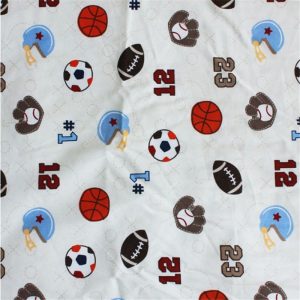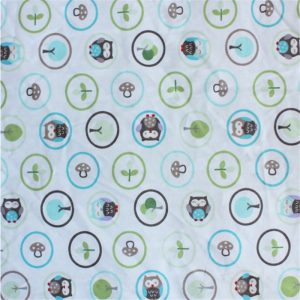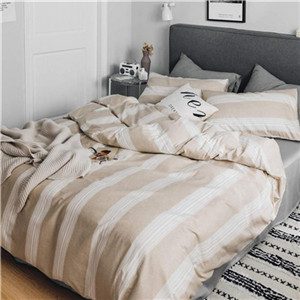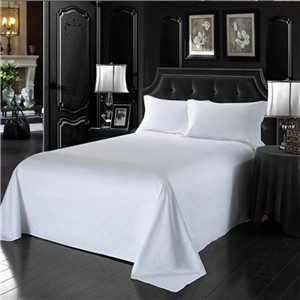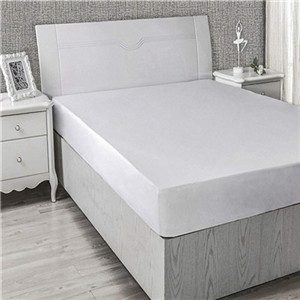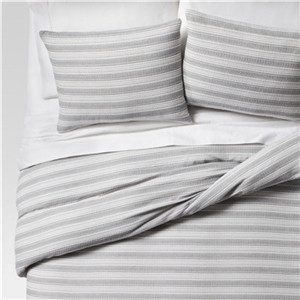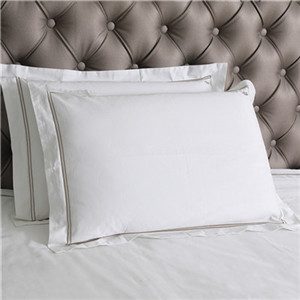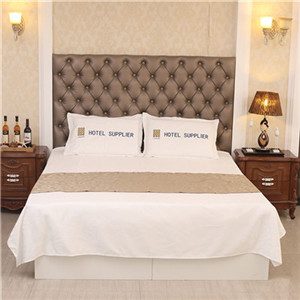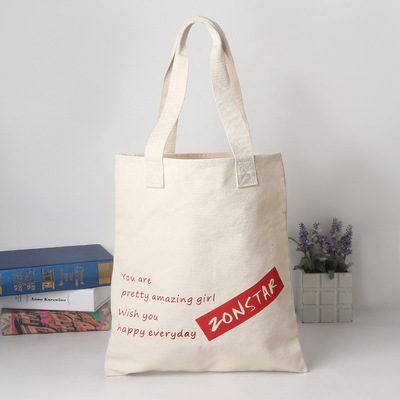Memory pillow is a pillow made of slow-resilient materials. Its function is not to increase people’s memory, but because pillows that are often used form the inherent shape of the human head and neck. Memory pillows are mostly slow rebound pillows.
The memory pillow is made of memory foam. The memory foam was developed by the National Aeronautics and Space Administration in the 1960s. It is an open structure and has the characteristics of temperature reduction and pressure reduction. It can also be called a kind of temperature reduction.压材料。 Pressing material. This material is used on it. In order to relieve the pressure on the astronauts and protect the spine of the astronauts, especially when the space shuttle returns to and leaves the ground, the pressure is higher and more dangerous.
Memory Pillow has good protective ability and excellent resistance to chemical substances: it is chemically inert to most acids, alkalis, and salts, and has a good liquid barrier and protection function.
Memory pillow is porous material with good air permeability. Because of the fine fiber, liquid water and oil cannot easily penetrate; while gas and moisture can penetrate, it has excellent waterproof and breathable performance.
memory pillow has a good function of preventing solid particles from penetrating: the special physical structure can completely block the fine mites and dust and prevent them from penetrating. Better function of blocking bacteria: it can be used in the packaging of sterile medical products. Low fuzzing: durable and lint-free.
Memory pillow has high strength and excellent dimensional stability: it is easy to process, because it does not absorb water, its dry and wet strength does not change. Determined by the nature of the material itself, the size basically does not change with humidity. At constant temperature, it can maintain excellent dimensional stability within a relative humidity of 0-100%. At -73 degrees, it can still maintain toughness and flexibility. 118 degrees begin to shrink; 135 degrees begin to melt. Therefore, the heating temperature should not exceed 79 degrees to avoid deformation. Ironing of finished home textiles is not recommended. Excellent: folding resistance, allowing more than 20,000 repeated folding, durable.
